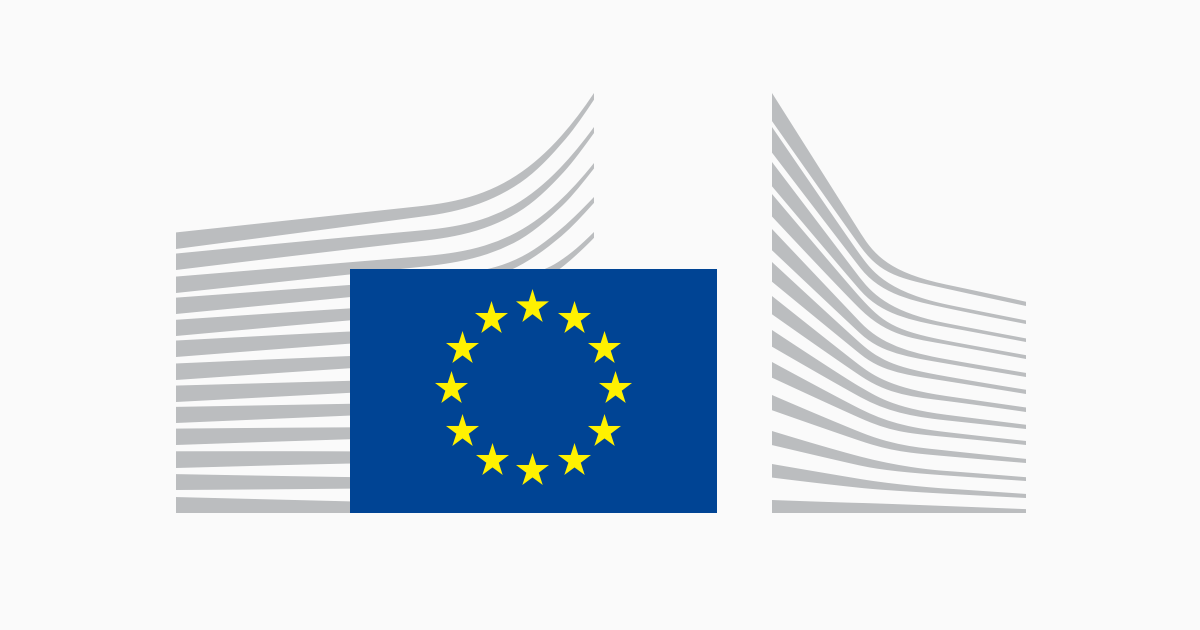The US is playing an increasingly important role in the EU’s gas supply. At the end of March 2022, the EU and the US adopted a common declaration on increasing LNG trade, and expressed interest in further increasing EU LNG imports from the US by 15 bcm in 2022 compared to the previous year. This goal was reached at the end of August 2022, 4 months in advance of planning.
The largest LNG global exporters in 2023 were the United States, Australia and Qatar. Global liquefaction is set to further increase as new plants in the United States and Australia will come on stream over the next few years.
(Sources: Pipeline data – ENTSO-G; LNG data – European Commission calculation based on LSEG (Refinitiv) and ENTSO-G.)
Infrastructure and financing
The EU has steadily increased its LNG import capacities by developing new LNG regasification and port terminals and building a liquid gas market which provides robust resiliency to possible supply interruptions from the remaining Russian pipeline imports.
However, bottlenecks and infrastructural limitations still exist in some regions. Several EU countries are increasing their LNG import capacity by accelerating investments in LNG terminals. The EU’s LNG import capacity grew by 40 bcm in 2023 and an additional 30 bcm is expected to become operational in 2024.
Based on the EU’s list of Projects of Common Interest (PCIs), the LNG strategy includes a list of key infrastructure projects which are essential to ensure that all EU countries can benefit from LNG.
With any new infrastructure, commercial viability is very important. For an LNG terminal, its utilisation across a whole region, or the choice of lower costs and more flexible technologies – such as floating storage and regasification units (FSRUs), may considerably improve its viability. Regasification terminals in EU countries have an annual nameplate capacity determined for environmental reasons. Divided throughout the year, the weekly nameplate capacity can be exceeded in periods of more intensive LNG inflows.
LNG terminals, like other energy infrastructure, are financed through end-user tariffs (paid for by all gas consumers as part of their monthly gas bill). In some cases, gas companies finance construction in exchange for the right to use the terminal through long-term capacity booking. But even with a sound business case, financing may still be a challenge in some cases.
For projects that are particularly important for security of supply, EU funds, such as the Connecting Europe Facility, could potentially help fill the financing gap.
EIB loans and the European Fund for Strategic Investments may be other sources of long-term financing.

